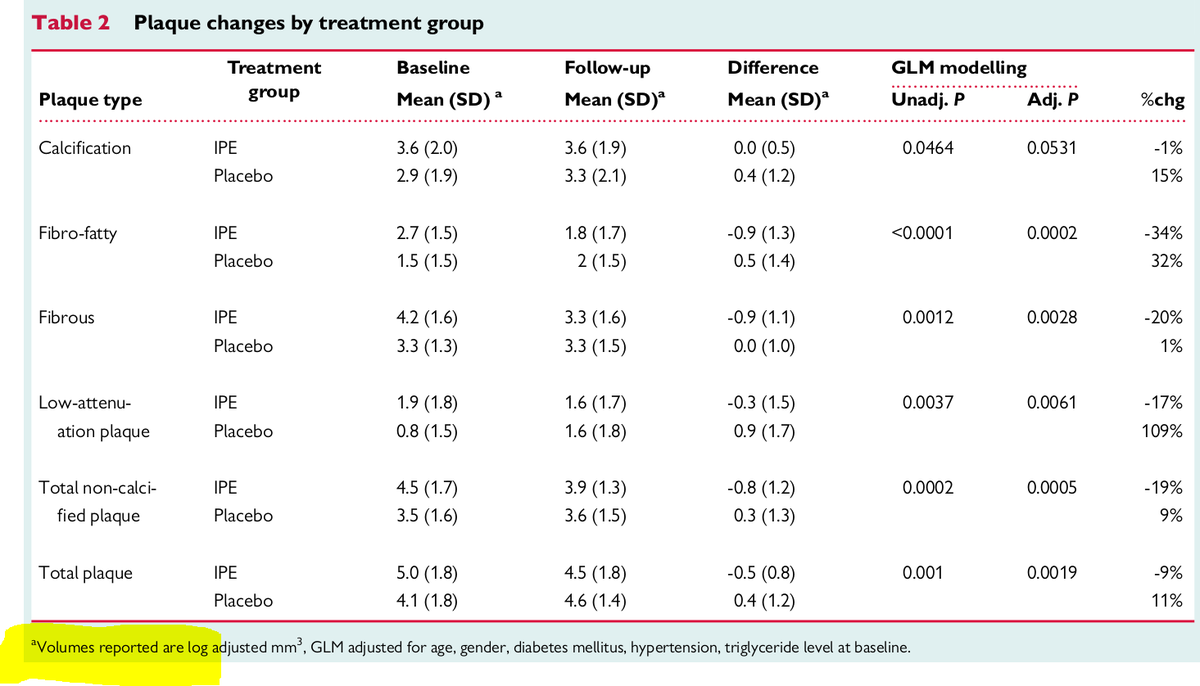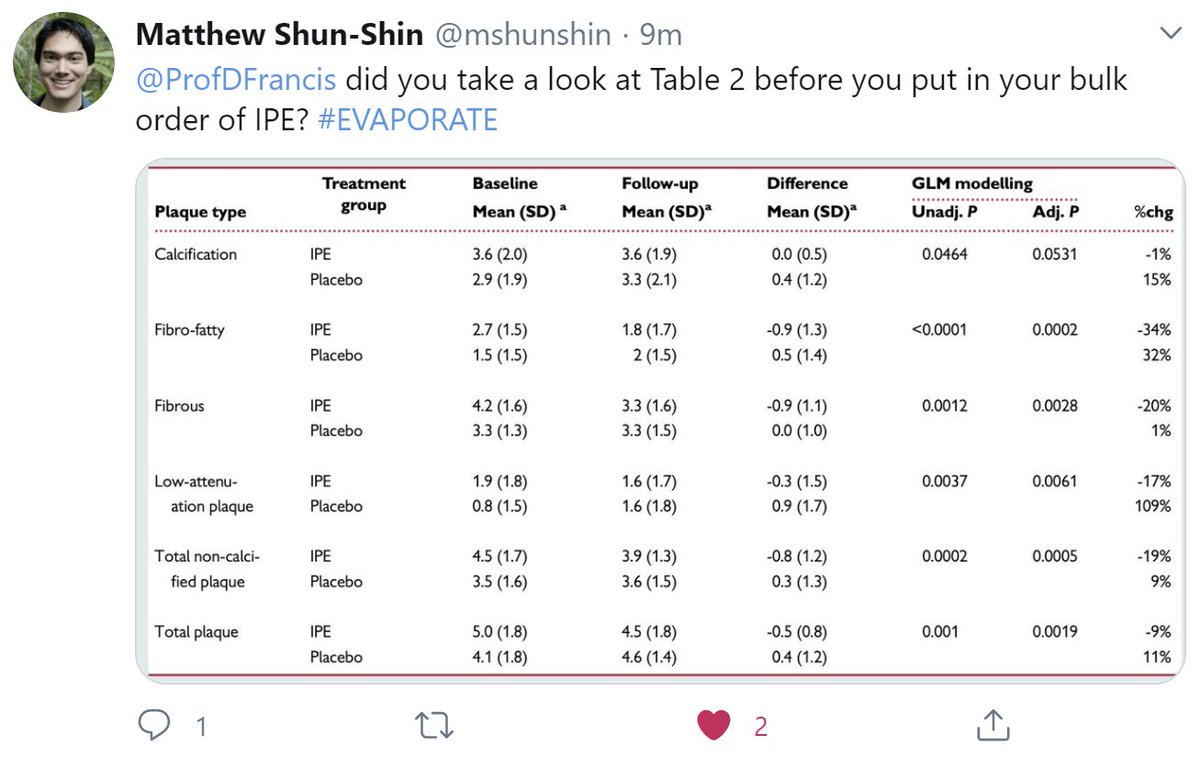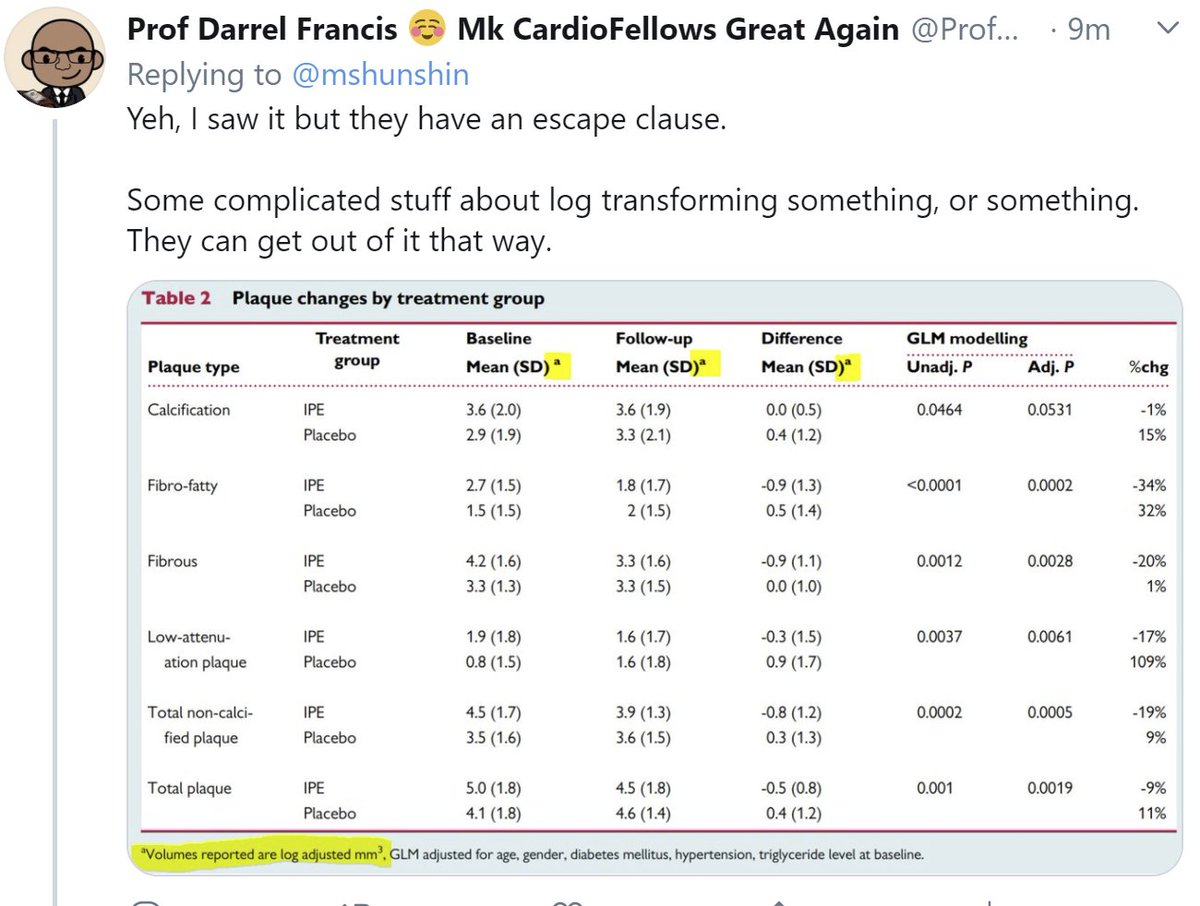Wouldn't con his poor doddery old boss?
"You know you said you would give me anything, if I could teach you Machine Learning?"
"Yes, and you did. What is your 1 wish?"
"22% pay increase."
"Done!"
--- and I certainly have been!
#FOAMED

If his salary is $1000 a year at present, what will it be in 1 year's time?
1.22
x
and keep pressing enter, 19 times.
- or -
You can use windows calculator
1.22
Then the "power" button which looks like this
y
x
and then 20
1.22 ^ 20
For example like this.
lmgtfy.com/?q=1.22%5E20
Let's call it 50.
So salary ~$50,000.
What would it be after ANOTHER 20 years?
But fortunately I am brainwisely energetic, and physically lazy, which is why I have high triglycerides and was foolishly thrashing around for a solution that isn't exercise.
If you start with 1
and times it by 1.22, 20 times, and get 50,
Then if you times it by 1.22 ANOTHER 20 times, you will get a result that is 50 times more (than 50).
Which is what/
"Consistent with my velocitously exuberating status within ORBITA-HQ, I should also have a correspondingly expansitory spatial allocation."
(For he has swallowed a dictionary, too.)
But in 20 years' time, how much of the institute will be the Howard Dept?
"Whatever ProfDFrancis said, all those years ago, it can't actually be right.
We know he has Papal Infallibility as a Professor of the beloved ORBITA-HQ, but in this case, what he said was impossible."
Or if you like geometric*
(1.15 * 1.32 * 1.01 * 2.09 * 1.09 * 1.11)^(1/6) = 1.25, i.e. +25%
So depending how you look at it, the growth over the 18 months is around 25 to 30%.
I hope you are seeing the problem, now?
1.2^20 = 38
i.e. almost 40 fold
And over 40 years, it will be
If people's coronary plaques really expand at a rate of 20% per year, then almost HOWEVER SMALL they begin, they will completely clog up the arteries in only a few decades.
Everyone will be dropping dead like flies.
Unless the placebo is harmful.
Or the measurements went a bit wrong somewhere.
Advanced topic for brainy statisticians, like @ADAlthousePhD
See down here at the bottom left?

LogBaseline LogFInal
How do you calculate the scale factor of the mm3?
So hopefully they will correct any references to that column, in the paper's text.
Yes I could have just used the "11%".
But of course that 11% is wrong, isn't it?
Heh heh. That whole column is going to be rewritten when the paper is corrected.
(Anything greater than 1, I hurriedly clarify, before @ADAlthousePhD tweet-storms me)
Obviously this means that almost all the numbers in the paper are useless to other scientists.
I am sure when they correct the paper, they will provide that clarification too.
from Base^4.1
to Base^4.6
So let's take Base^0.4, which is kinder to the authors as it is going to be a lower value.
Let's try the two possible bases.
2.71828^0.4 = 1.49, i.e. a 49% increase
10^0.4 = 2.51, i.e. a 151% increase
Per year, the scale factor is
1.49^(12/18) = 1.30
A 30% annual increase in total plaque would mean:
In 20 years, roughly what % increase?
Hint: lmgtfy.com/?q=1.3%5E20
Remember 1 litre, i.e. 1 decimetre cubed = 100 mm x 100 mm x 100 mm
(Conversion to Imperial units: 1 quart = 1 pint * 3 7/8 yards + 2 1/16 feet, or something)
(Conversion to imperial, 45 8/16 pounds-force-per-BTU)
What percentage of a heart, whose volume is (say) 360 ml, will this be?
I would use the trusty formula
1% = 3/16 of an acre per foot-pound.
Let's just wait for the correction and then discuss.
Have a good evening! DF
It is not stated in the paper, as far as we can see.
We need to know this to know how to interpret the log-transformed values in Table 2.



















